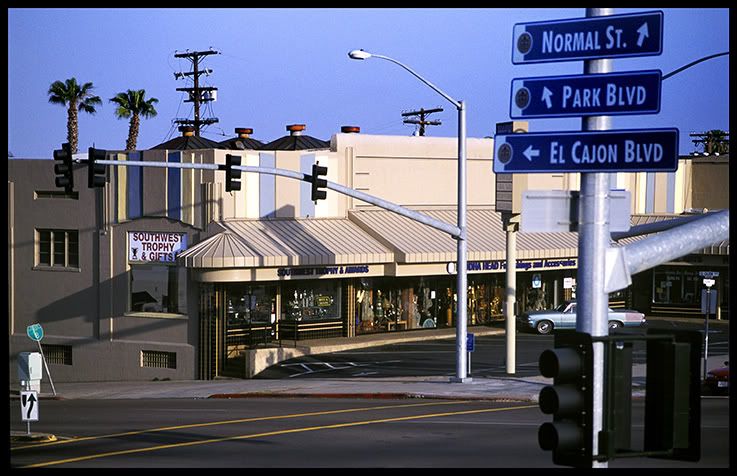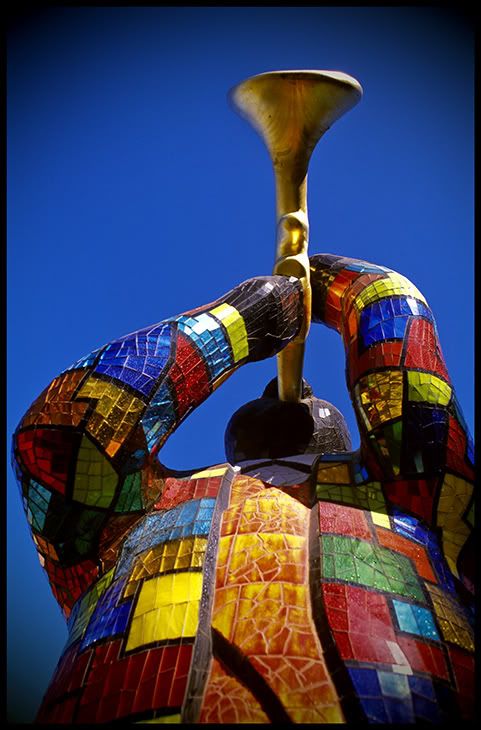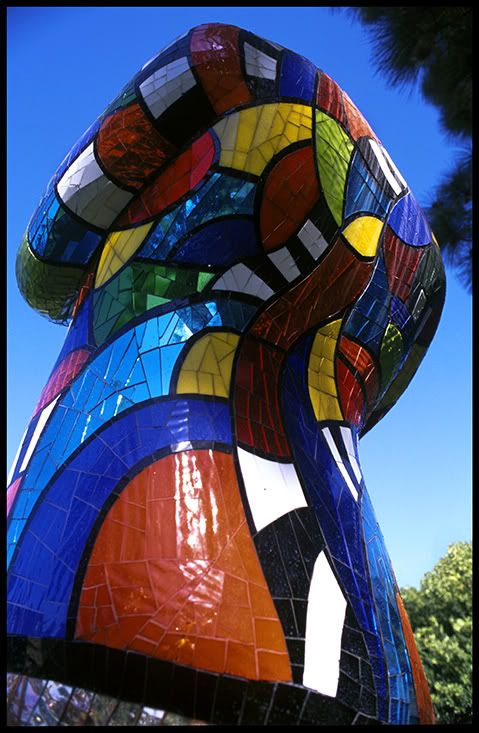Headwater and Delta

Frank The Trainman, since 1946. The store at this location on Park Boulevard at the headwater of where El Cajon Boulevard begins was replaced by a credit union building. The neon sign was preserved and remains in various states of repair and operation today. The following blog details one memory of the old store. http://www.ogaugewatch.com/ogaugewatchcom/2006/02/frank_the_train.html

Originally a Piggly Wiggly Shopping Center. It is the hinge, so to speak, of The Boulevard’s front gate. The Boulevard is stilled signed “Business Loop Interstate 8.”

I first described The Boulevard as San Diego’s version of the Mother Road. A term associated with Route 66. I’ve discovered the actual nick name. Old U.S. Highway 80, which The Boulevard was a leg of, was known as The Broadway of North America. Commissioned in 1926 until 1964, U.S. 80 ran from San Diego to Tybee Island, Georgia. Indeed, a road rivaling Route 66.

Heading east, The Boulevard’s delta is Main Street of El Cajon. Colorful jazz musician statues herald your arrival to Main Street and The East County Performing Arts Center.

From El Cajon heading west The San Diego stretch of U.S. 80 went from Main Street to El Cajon Boulevard to Washington Street onto Cabrillo Freeway (co-signed with U.S. 395) through Balboa Park to downtown San Diego and Market Street to terminus at U.S. 101, Pacific Highway.
Anyone up for a road trip? Reconnect old U.S. 80. http://www.gbcnet.com/ushighways/US80/index.html
4 COMMENTS
At the former Piggly Wiggly market building Cyphret’s Aquarium once occupied the store front located behind the parked car seen in the photo. The store was a customer of Bill Soderberg’s San Diego Brine Shrimp company. An unidentified brine shrimp mystery competitor once emerged. Bill had exclusive brine shrimp harvesting rights with Western Salt Company at their south bay salt ponds. The sources of brine shrimp were relatively limited and few; thievery was suspected. Some detective work was instigated to catch a thief.
The Western Salt works were an expansive, wide open area marked only with no trespassing signs. Sam borrowed a friend’s 1954 Ford and went incognito to stake out the large pond at Palm Avenue in Imperial Beach.
When Bill and Sam noticed some activity they paid a visit to Oscar’s Drive In Restaurant. It was adjacent to the pond, and had a parking lot typically occupied with at least one police squad car.
Sam recalls, “We picked up an intrepid member of Imperial Beach’s Finest and walked down the nearest alley to the pond just in time to catch the poacher coming around the corner with two buckets of purloined shrimp. The Imperial Beach cop was tickled to death to make such an easy bust! Cyphret’s Aquarium is where the shrimp rustler worked.”
I was not aware of, or had forgotten, the Cyphret’s Aquarium situation. Like Sam, I put in a lot of hours down at the old salt pond on Palm Ave.
Some illustrations for the above
Brine Shrimp as seen under a microscope. Hobby Shops sold them as “Sea Monkeys.” Often advertised as such in the back of magazines as well.
Zack scooping up a net full of brine shrimp at the Palm Avenue pond.
Scooping ’em up and depositing into metal wash tubs. Millions of the little critters.
Bird’s eye view of the Palm Avenue pond. The word “pond” perhaps under suggests size here. That building on the lower edge of the photo, right side and along the thorough fare was the Oscar’s Drive In restaurant and parking lot mentioned above.
Ah, the Pond. I can smell it now. It had a distinct aroma–not a stench but a scent of decay. The mud was rich with decomposing organisms. I was working one time with one of Dad’s helpers–Dale. We sank the little boat. Maybe that’s why I’m using the hand net.